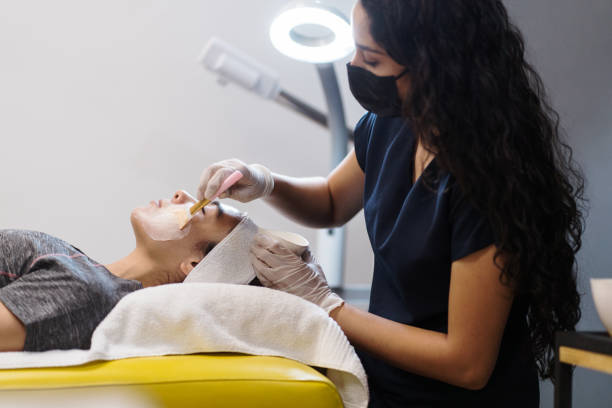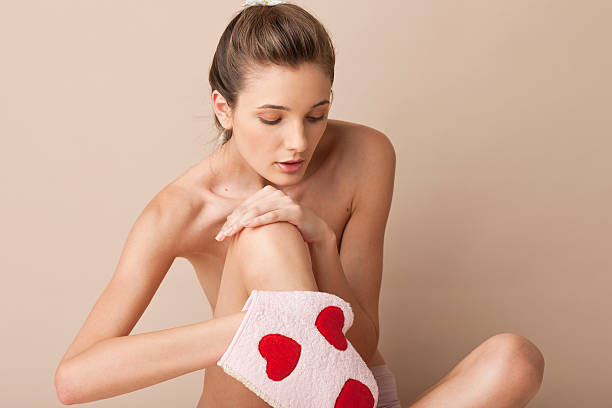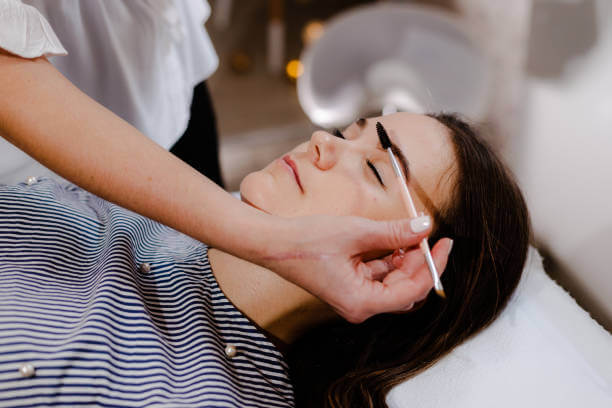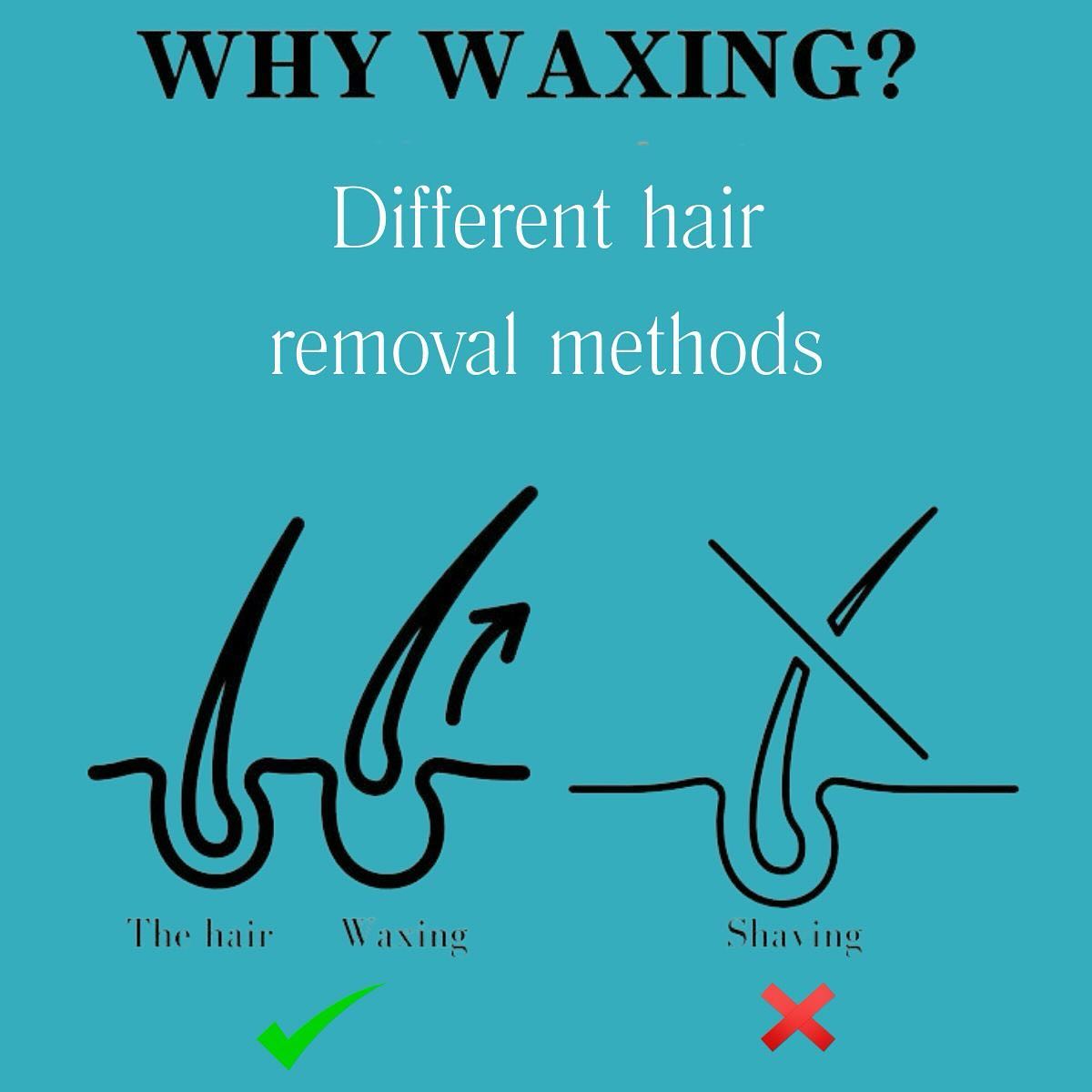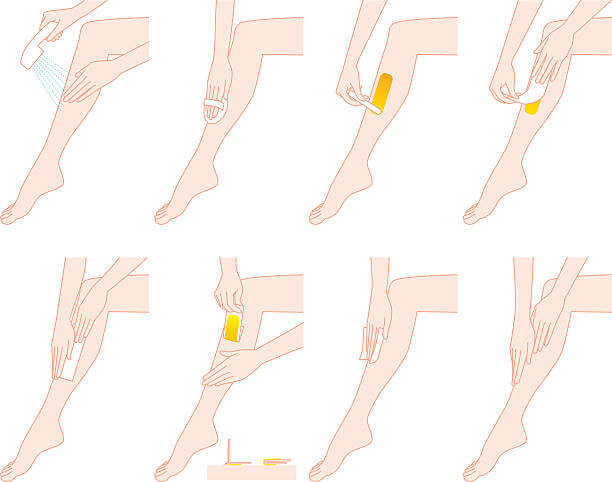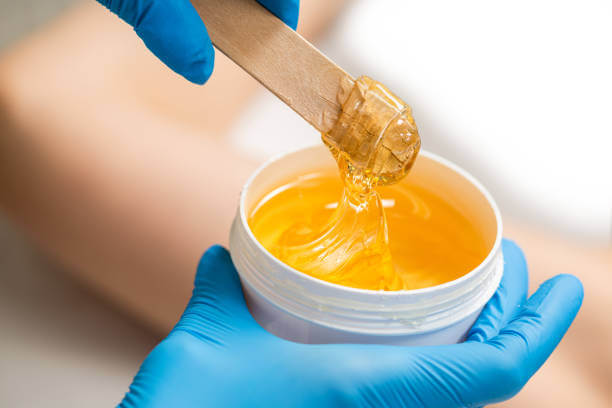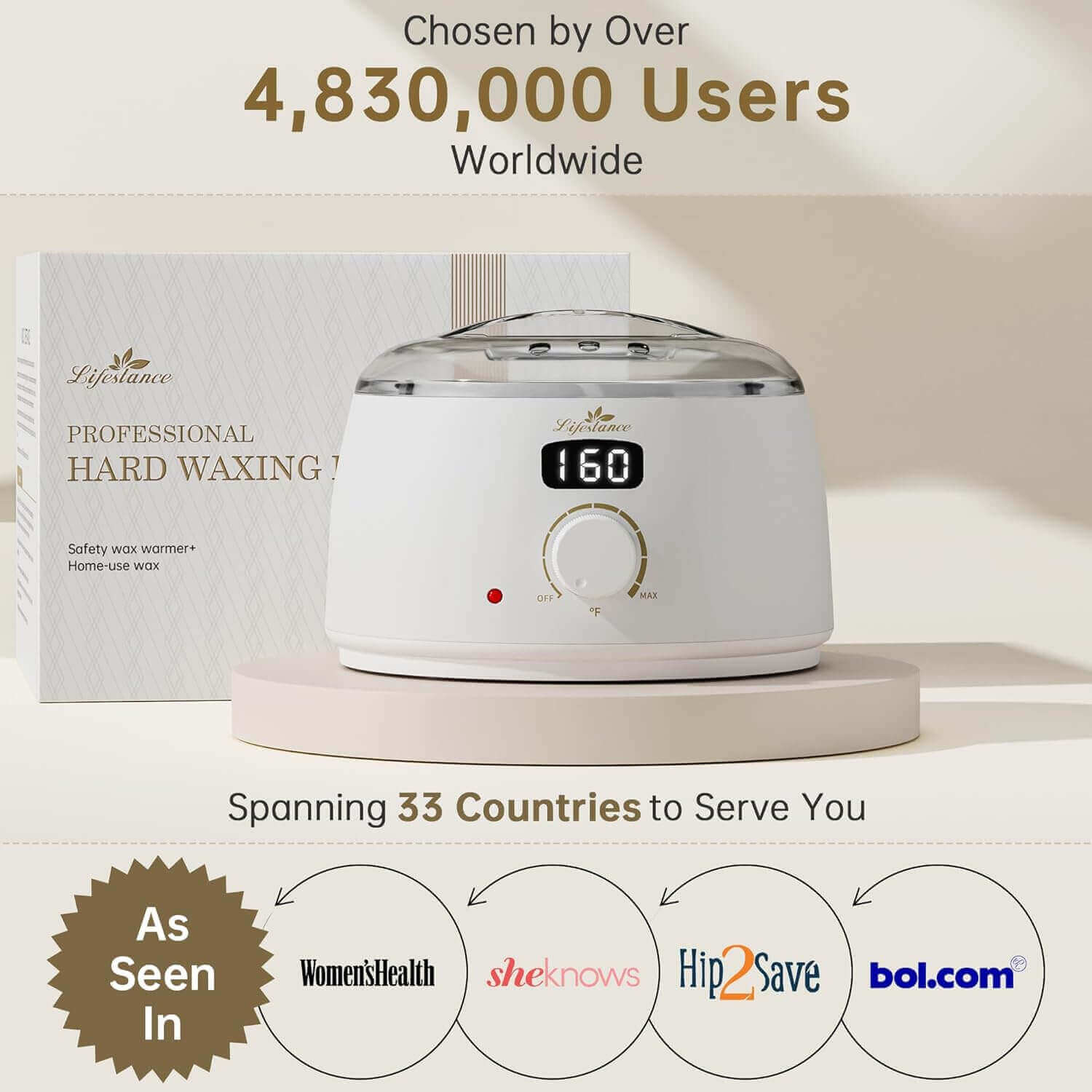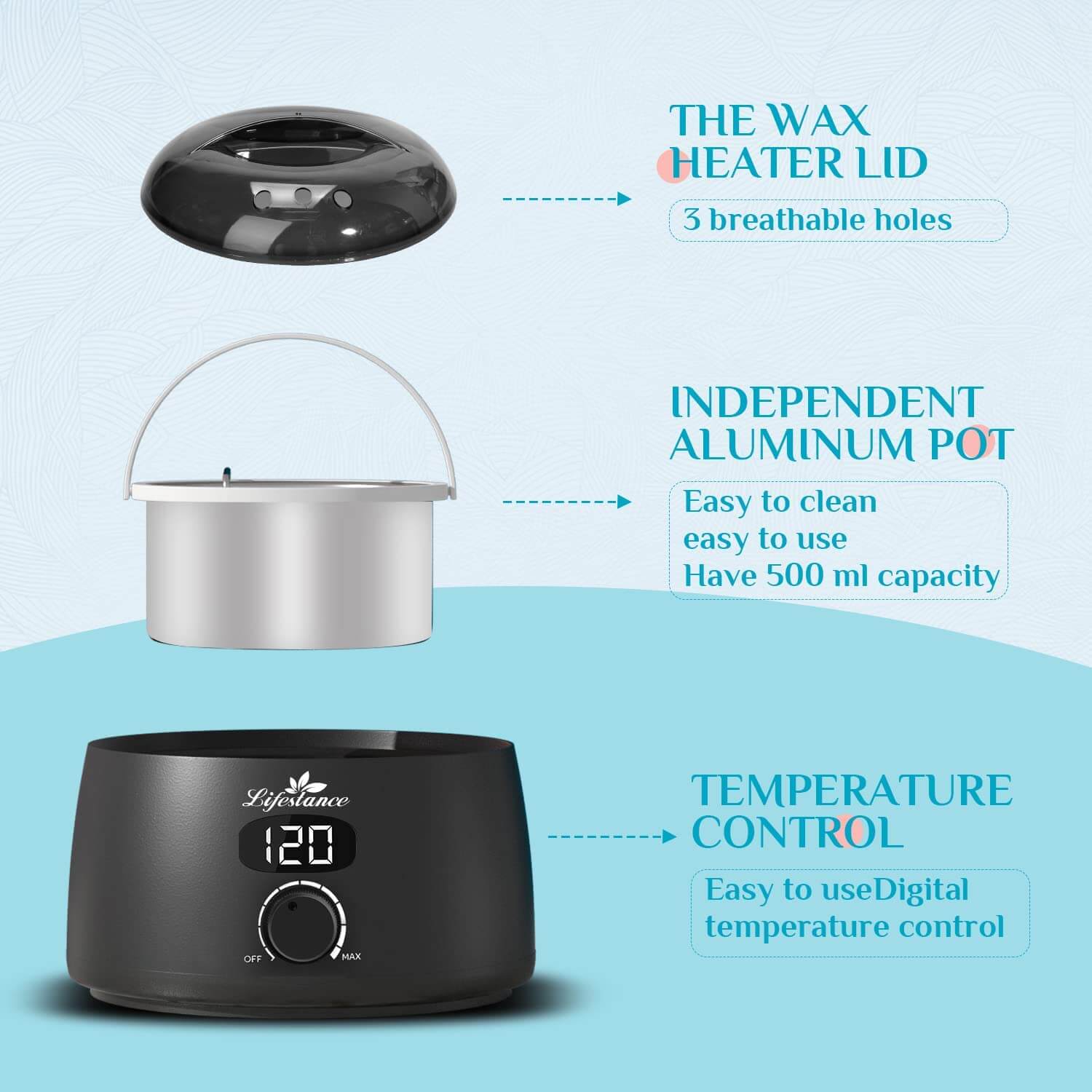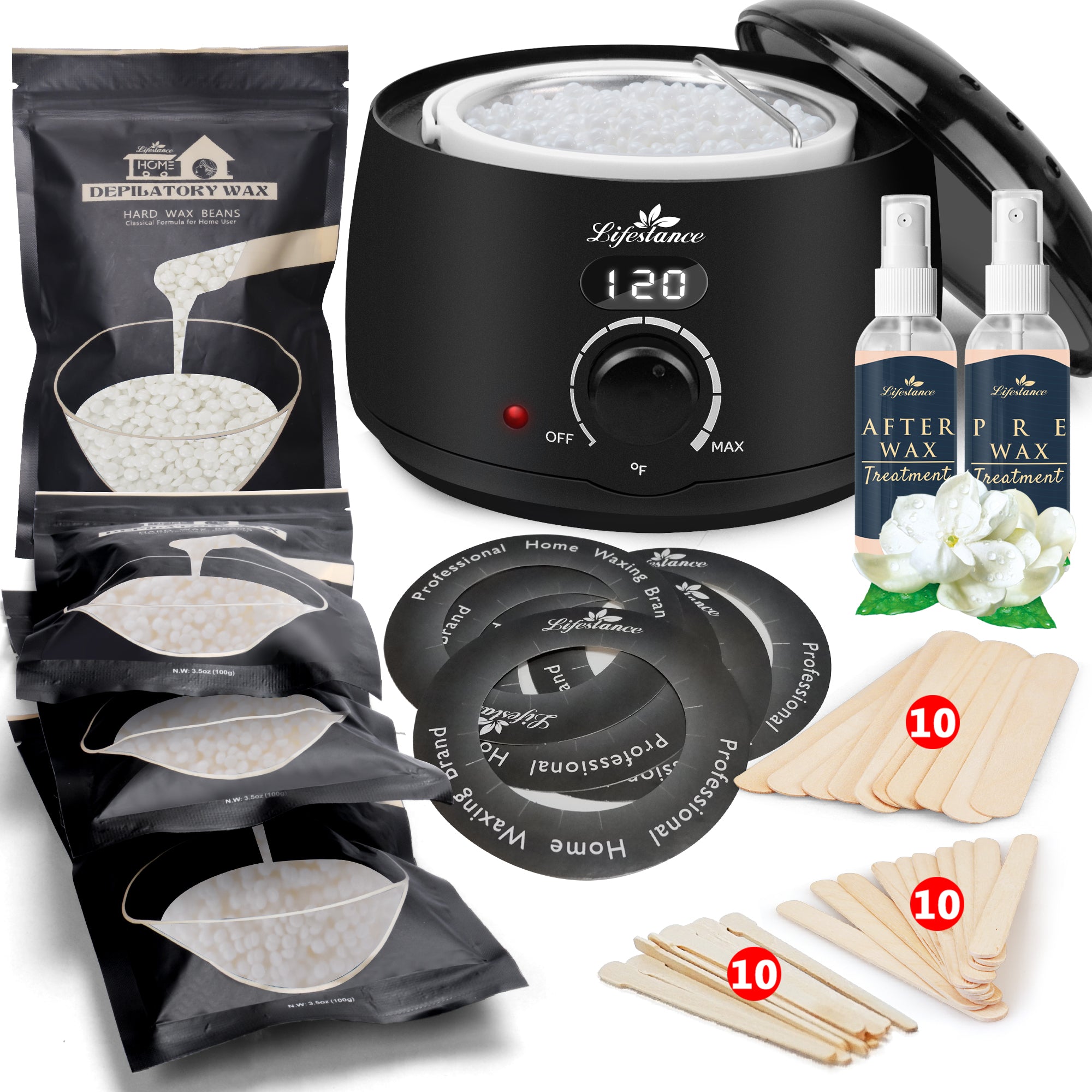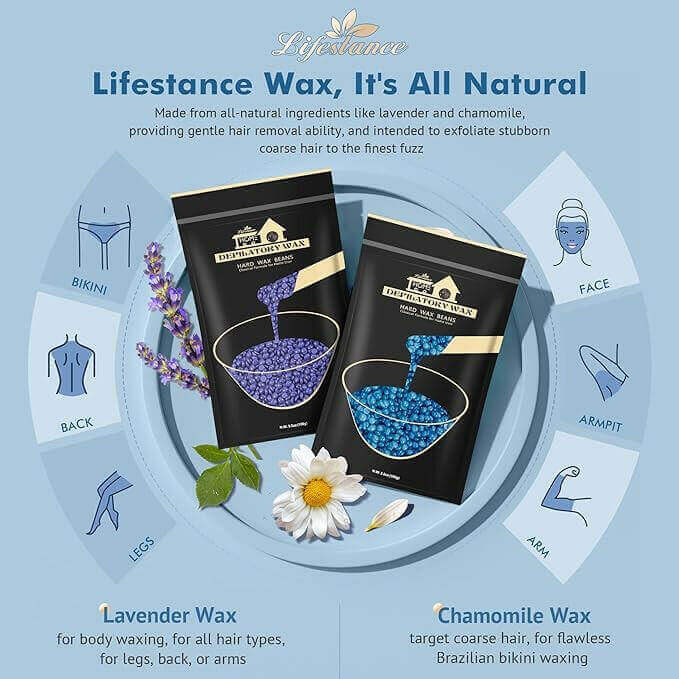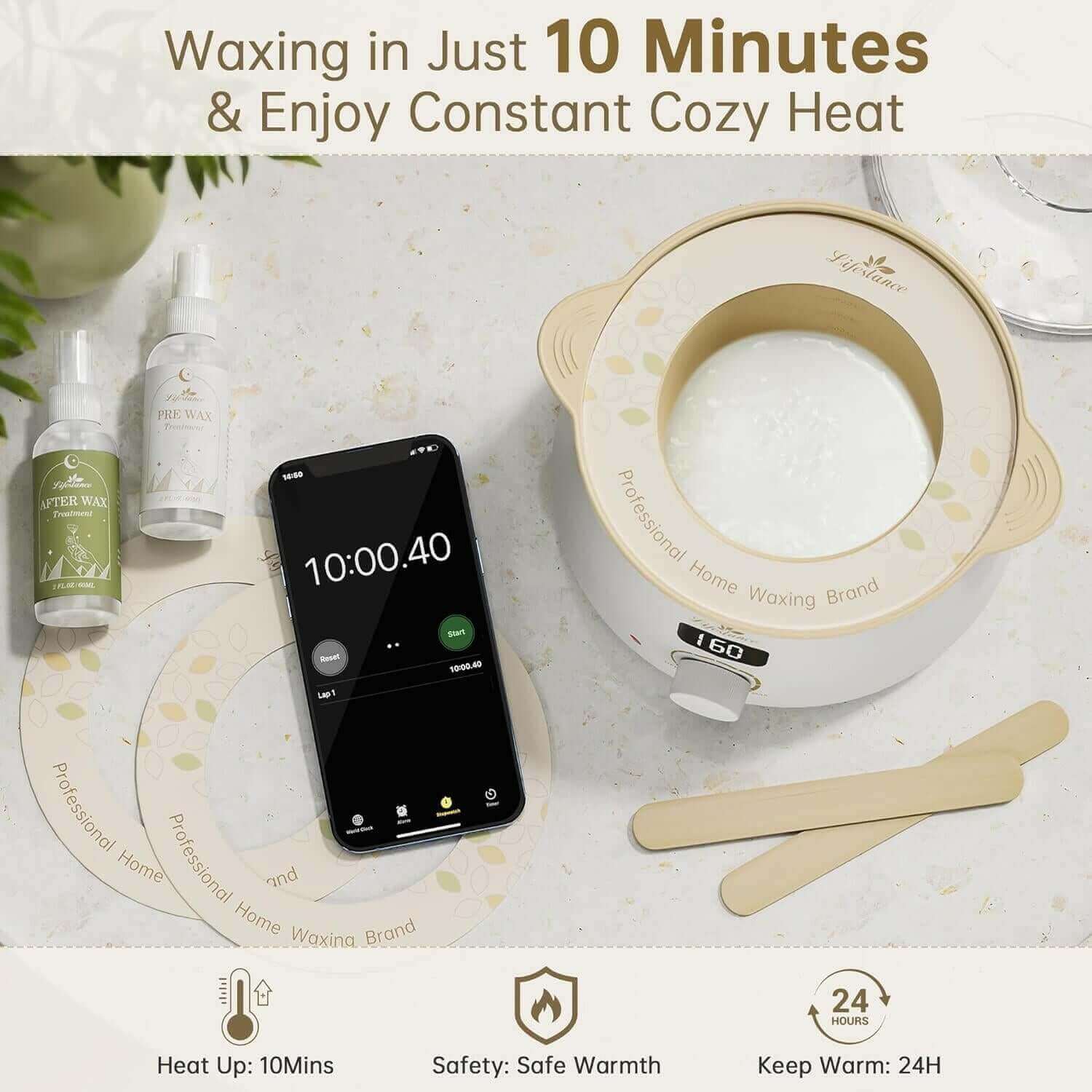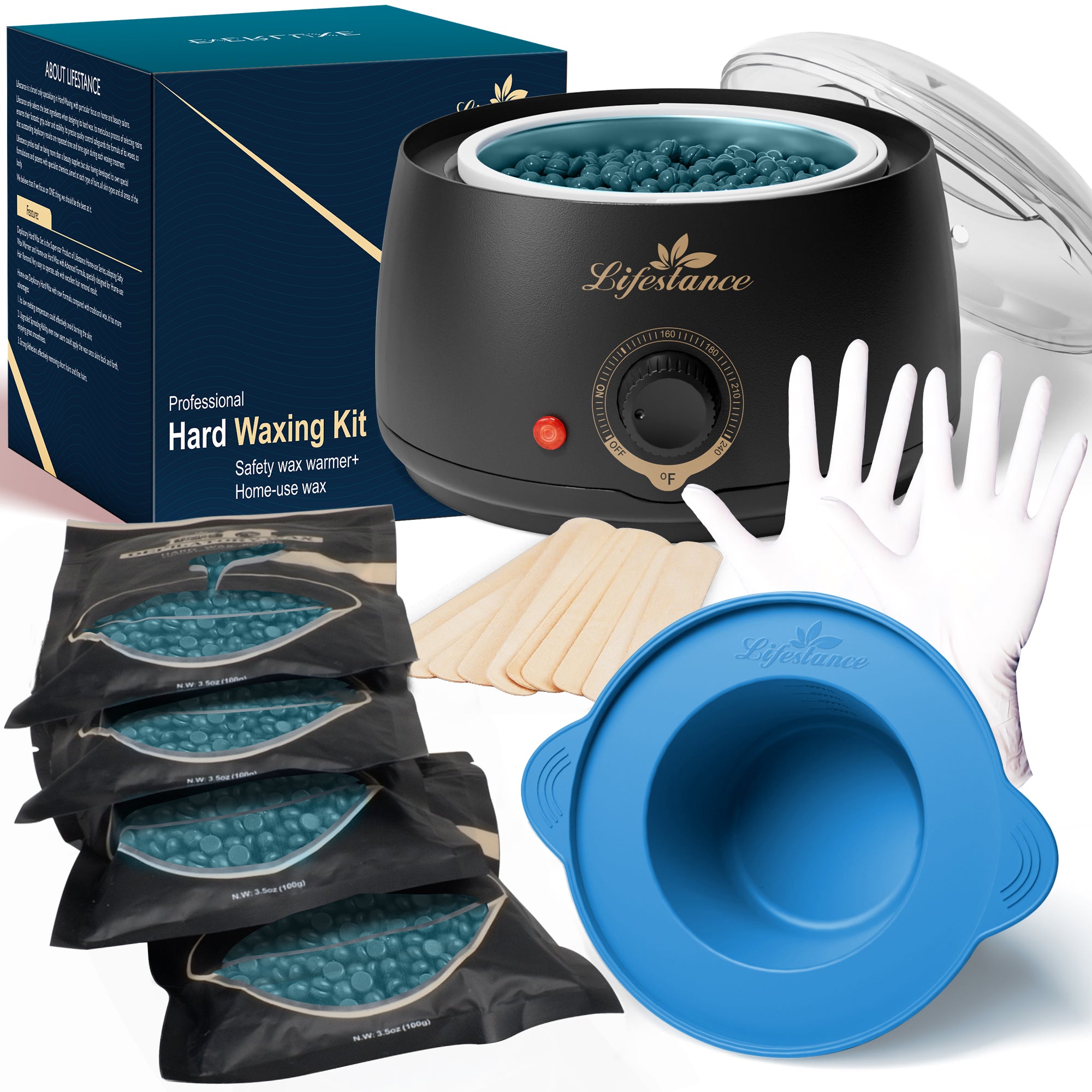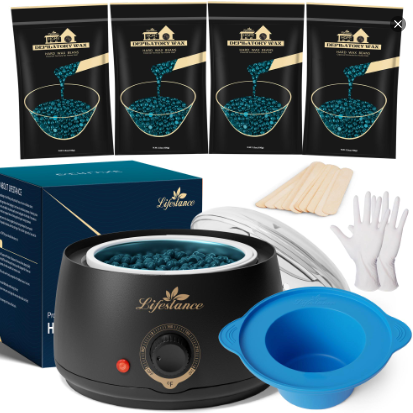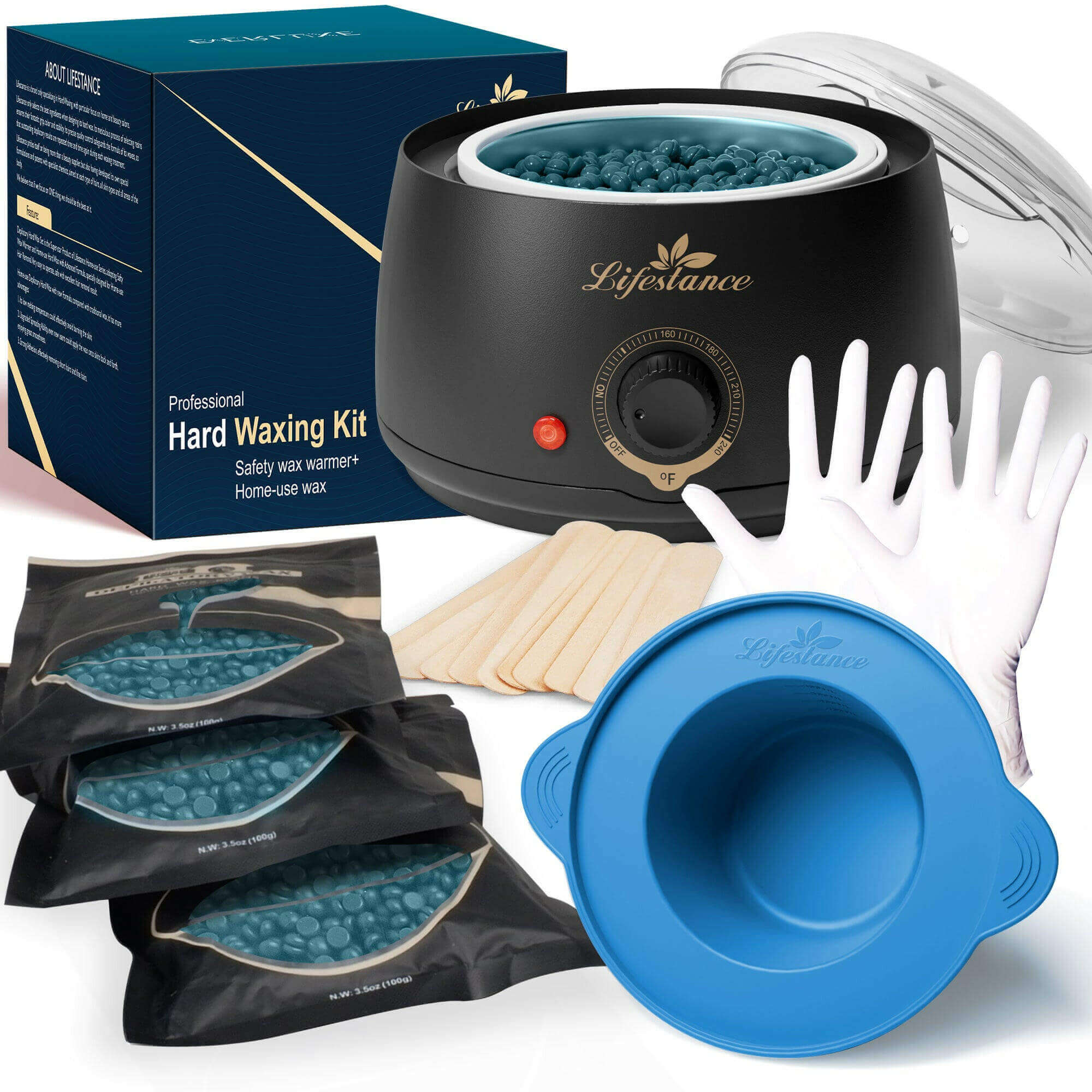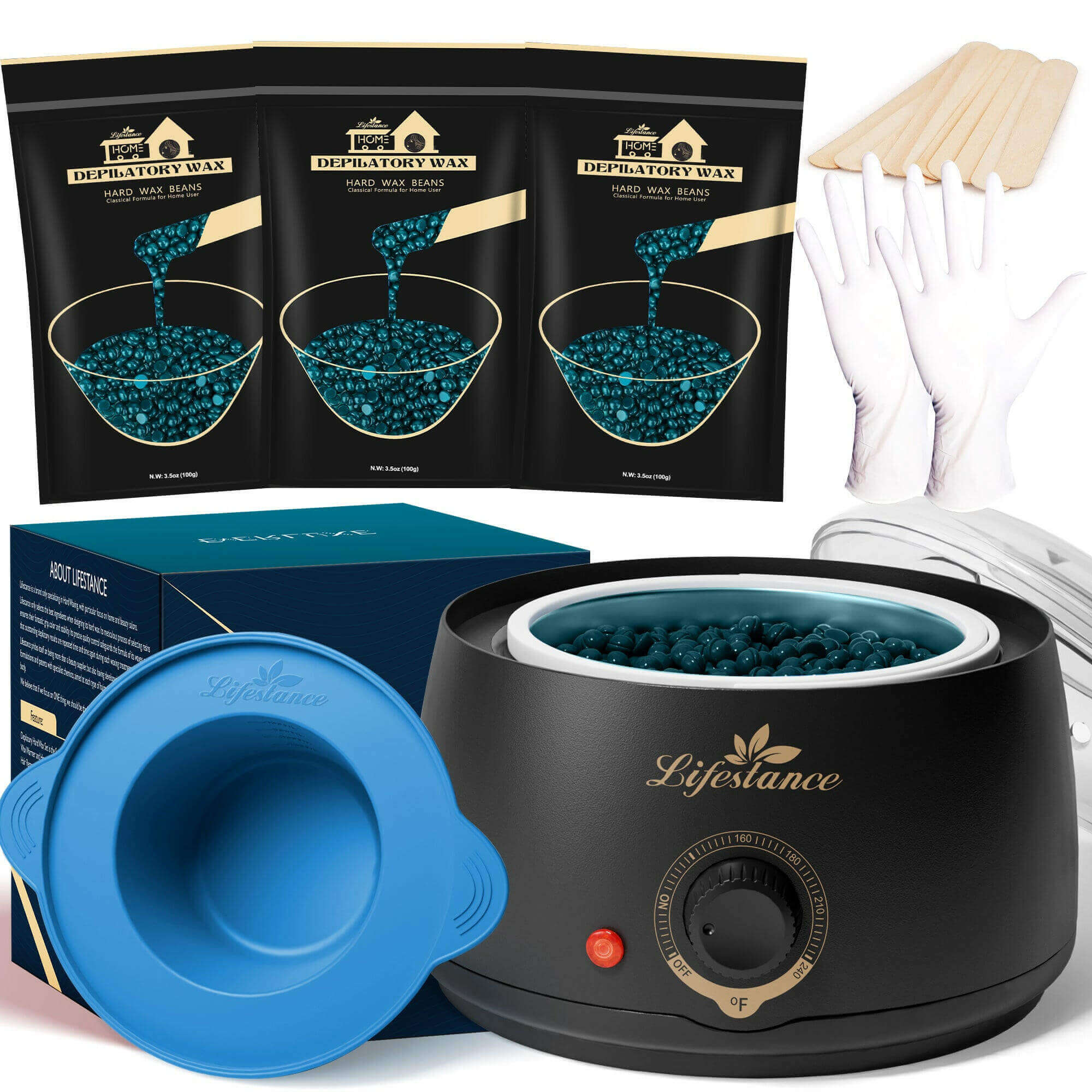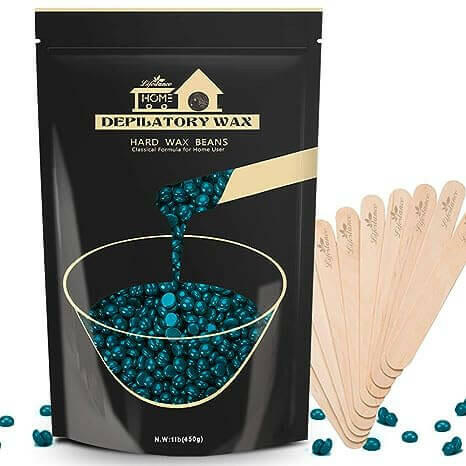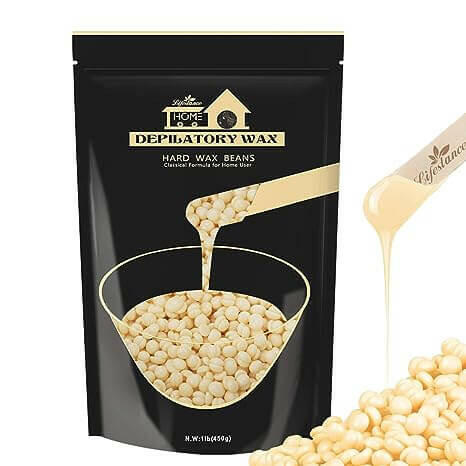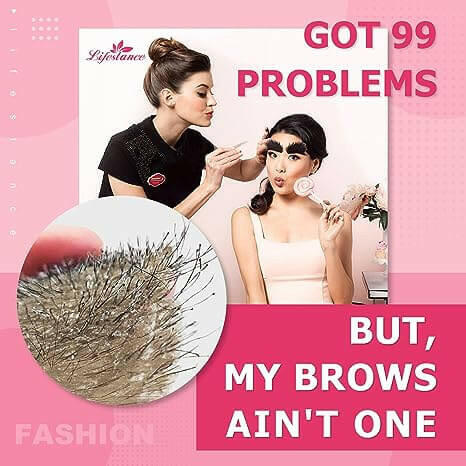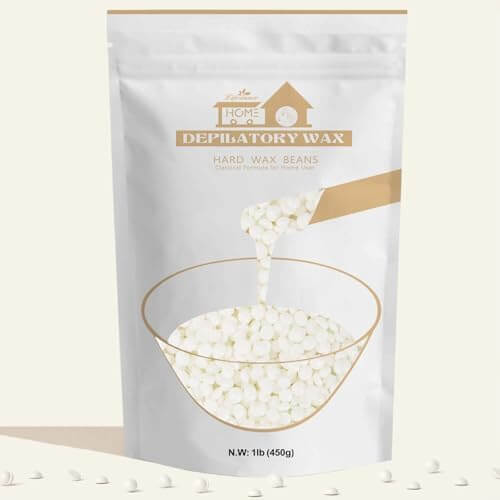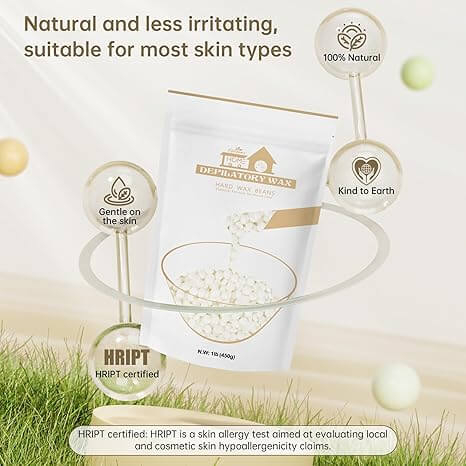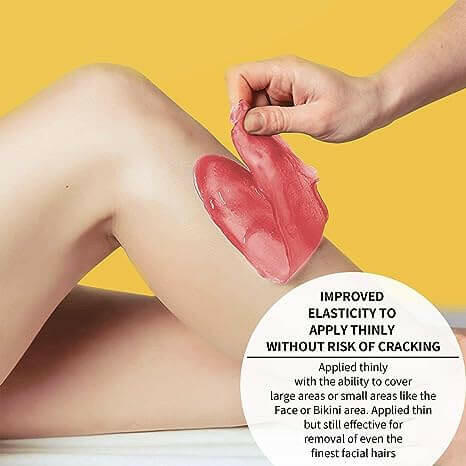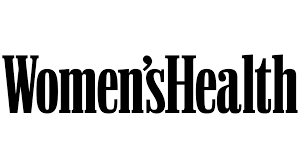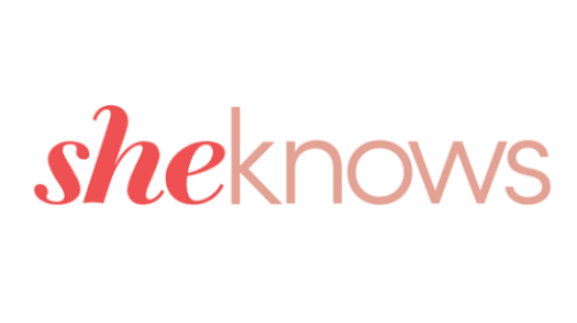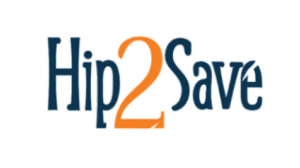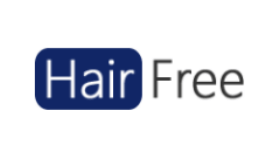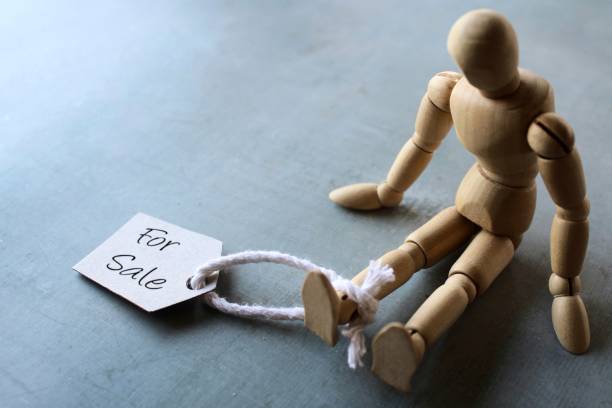
Shedding Light on Human Trafficking in the Beauty Industry
Human Trafficking Awareness: Unveiling the Harsh Realities in the Beauty Industry
As beauty professionals, we are entrusted with the responsibility of creating safe and welcoming spaces for our clients. However, there is a dark reality that often goes unnoticed within our industry – the prevalence of human trafficking. This heinous crime not only violates basic human rights but also thrives in the shadows, exploiting vulnerable individuals for labor and commercial gain.
In this comprehensive blog post, we aim to shed light on the issue of human trafficking, dispel common myths and misconceptions, and equip you with the knowledge and tools to identify potential signs and take action to help victims.
What is Human Trafficking?
Human trafficking is a form of modern-day slavery that involves the use of force, fraud, or coercion to exploit individuals for labor or commercial sex acts. It is a global issue that affects millions of people, transcending borders, cultures, and socioeconomic backgrounds.

According to the United Nations Office on Drugs and Crime (UNODC), human trafficking is the third-largest international crime industry, generating an estimated $150 billion annually. It is a grave violation of human rights, robbing individuals of their freedom, dignity, and basic human rights.
Human Trafficking Myths and Misconceptions
Despite increased awareness efforts, numerous myths and misconceptions surrounding human trafficking persist, hindering our ability to identify and combat this issue effectively. Let's address some of the most common ones:
-
Myth: Human trafficking only involves the movement of people across borders.
Reality: Human trafficking can occur within a country, state, or even a local community. It does not necessarily involve the transportation of individuals across borders.
-
Myth: Human trafficking is always associated with physical violence or restraint.
Reality: While physical violence and restraint can be present, traffickers often use psychological manipulation, threats, and coercion to control their victims.
-
Myth: Only certain types of people are vulnerable to human trafficking.
Reality: Human trafficking can affect individuals of any age, gender, race, or socioeconomic background. However, certain groups, such as migrants, refugees, and individuals in poverty, may be more vulnerable.
Human Trafficking in the Beauty Industry
The beauty industry, including salons, spas, and massage parlors, is unfortunately not immune to the scourge of human trafficking. Traffickers often exploit vulnerable individuals, luring them with false promises of legitimate employment or better opportunities, only to force them into labor or commercial sex work.
On the labor trafficking side, victims may be forced to work in legal businesses like nail salons or illegal businesses like illicit massage parlors, enduring long hours, poor working conditions, and little to no pay. In some cases, victims are coerced into providing commercial sex services under the guise of legitimate beauty services.

"As beauty professionals, we have a unique opportunity to be vigilant and potentially identify signs of human trafficking. Our industry provides a level of intimacy and trust that can create opportunities for victims to seek help or for us to recognize potential red flags." - Haley Garber, Human Trafficking Advocate and Hairstylist
Potential Signs of Human Trafficking Victims
While there is no single definitive indicator of human trafficking, there are certain signs that may raise suspicions. It's crucial to be aware of these potential red flags and approach the situation with sensitivity and care.
- The client appears to be under the control or surveillance of another individual, who may make decisions for them or pay for their services.
- The client exhibits signs of physical abuse, such as bruises, cuts, or other injuries.
- The client appears malnourished, lacks proper hygiene, or wears the same clothing repeatedly.
- The client seems fearful, anxious, or avoids eye contact.
- The client is unable to provide a clear address or personal information.
- The client has limited freedom of movement or is constantly accompanied by someone who appears to be monitoring them.
How to Help Human Trafficking Victims
If you suspect that a client or individual may be a victim of human trafficking, it's crucial to approach the situation with caution and sensitivity. Here are some steps you can take:
- Trust your instincts: If something seems off or raises concerns, don't ignore it. Your intuition could be the first step in identifying a potential trafficking situation.
- Avoid confrontation: Do not confront the suspected trafficker or attempt to intervene directly, as this could put the victim or yourself at risk.
- Gather information: Discreetly document any relevant details, such as physical descriptions, vehicle information, or any other potential evidence, without compromising your safety or the victim's.
- Report your suspicions: Contact the National Human Trafficking Hotline at 1-888-373-7888 or text "BeFree" to 233733. Trained professionals will provide guidance and assistance based on the specific situation.
- Offer resources: If safe to do so, provide the victim with information on local support services, such as shelters or counseling resources, that can offer assistance and protection.
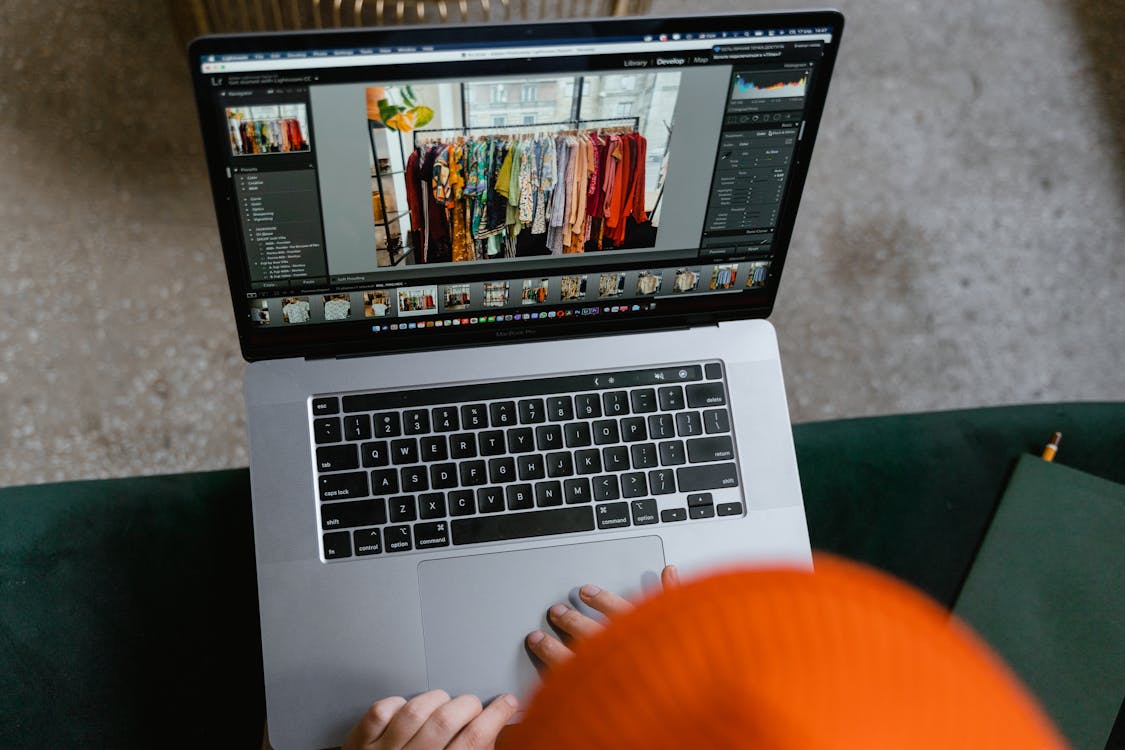
Remember, your role is not to investigate or intervene directly but to report your suspicions to the appropriate authorities who are trained to handle these situations safely and effectively.
Final Thoughts
Human trafficking is a complex and deeply disturbing issue that requires collective action and awareness. As beauty professionals, we have a unique opportunity to be vigilant and potentially identify signs of trafficking within our industry. By educating ourselves, dispelling myths, and taking appropriate action when suspicions arise, we can play a vital role in combating this heinous crime and protecting the vulnerable individuals who fall victim to it.
Let us stand together, united in our commitment to creating safe and welcoming spaces for all, where human dignity and freedom are upheld and celebrated. Together, we can make a difference and contribute to a world where human trafficking is eradicated, and every individual has the opportunity to live a life of freedom, respect, and empowerment.
CONTINUE READING
Waxing Product
Why Choose Us
At Lifestance, we understand that everyone's hair removal needs are unique. That's why we offer a wide range of professional waxing kits to ensure that different skin types, body hair types and budgets are catered for. Whether you are a seasoned beauty professional or a first-time self-service waxer, we are committed to providing you with an exceptional product and service experience.
Safety and ComfortOur waxing products are made with natural and gentle formulas that have passed rigorous testing and certification to ensure that skin irritation is minimized. At the same time, our patented heating technology allows for precise temperature control, so you can enjoy a comfortable waxing experience.
Professional Quality Convenient and PracticalWhether you're a licensed esthetician or a homeowner, Lifestance has you covered. Our kits contain everything you need and are so easy to use that even beginners can master them. The quality of our products is outstanding, ensuring smooth, flawless skin.
Innovative ideas and serviceWe are constantly developing innovative technologies and formulas to provide our customers with an unprecedented hair removal experience. Whatever your questions or needs, our team of professionals is always on hand to provide you with personalized service and guidance.
When you choose Lifestance, you choose beauty, comfort, convenience and professionalism. We are dedicated to providing you with an exceptional hair removal experience that will help you look and feel your best.

